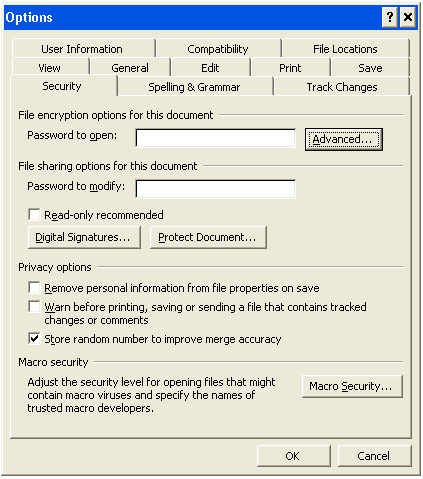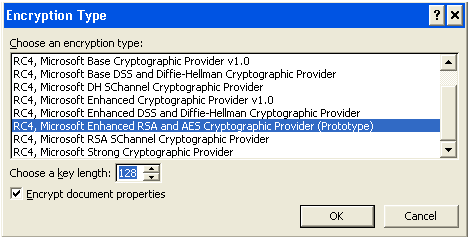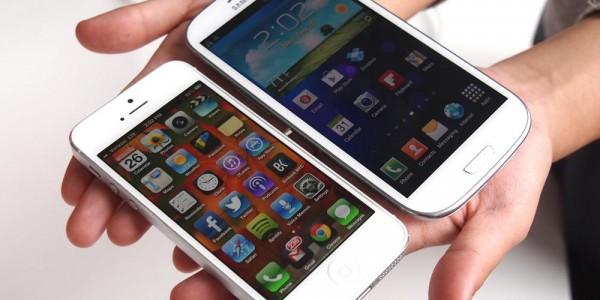It have been an exciting weekend. I wanted to create a very short clip of video to illustrate how easy it is to use green screen technology in video projects.
To summarise the key things to remember are:
- You need a green screen.
- Adequate lighting with no shadows
- Never get your subjects to wear green, they’ll appear invisible.
- Do a short screen test first to establish all you setting are correct.
Green Screen technology opens up a whole new world to video and a whole new dimension to still photography. So experiment and have fun.







